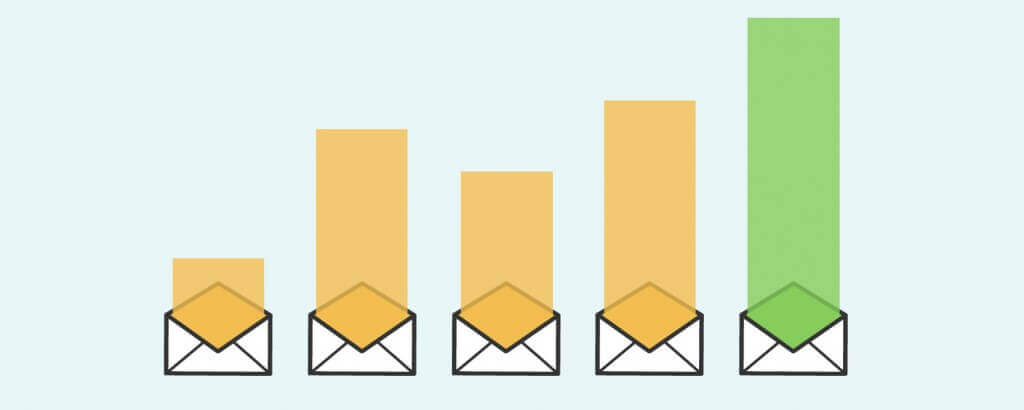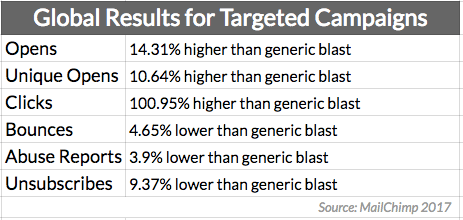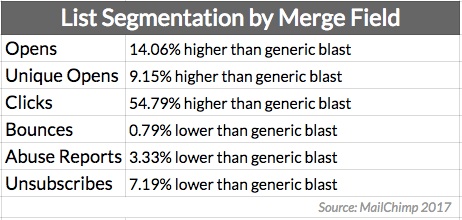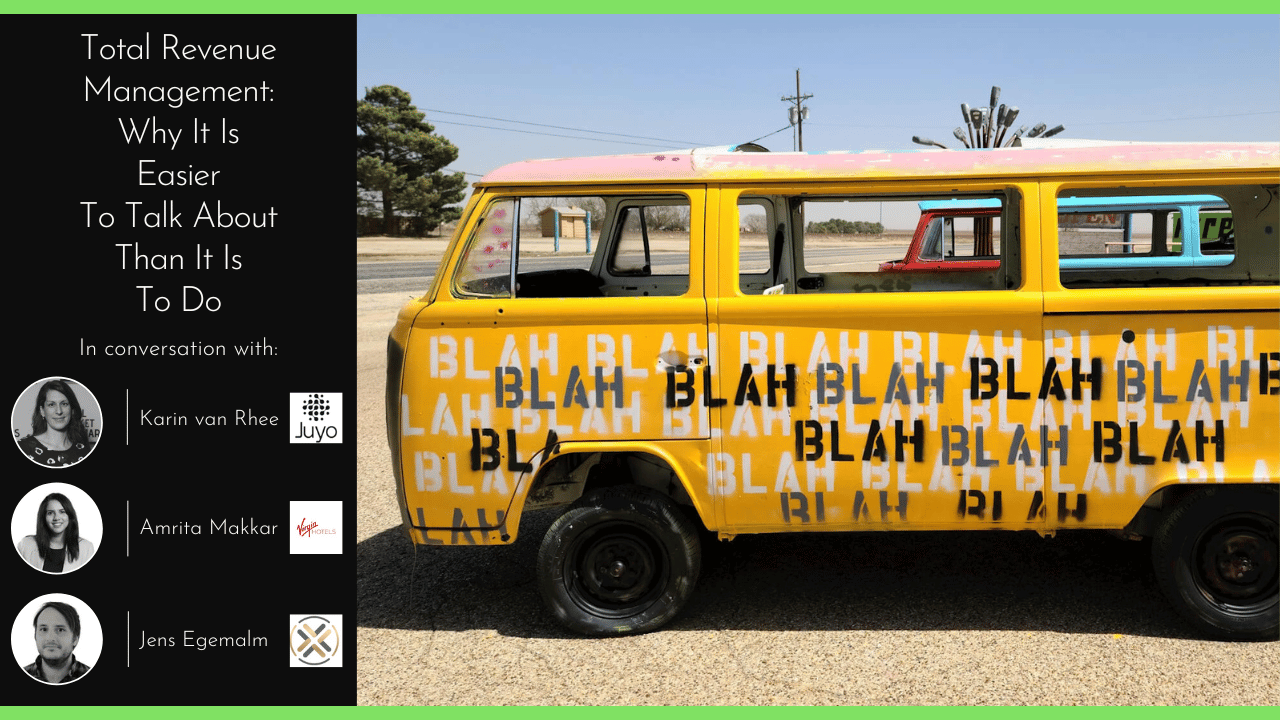
We already know that generic blast emails, or those that you send to your entire database, are actively hurting your ability to communicate with your guests. Fortunately, targeted email campaigns, or those sent to a specific audience of a segmented emails list, fare much better.
According to recent research from MailChimp found that targeted emails have, on average, significantly higher open and click rates—and significantly lower bounce, abuse, and unsubscribe rates—than generic blast emails.
The report was based on data from 11,000 segmented campaigns sent by 2,000 MailChimp customers to nearly 9 million recipients. The researchers compared the performance of each brand’s segmented campaigns with the performance of that same brand’s generic campaigns.
Targeted email campaigns have higher average open rates (+14%), unique open rates (+11%), and click rates (+101%) than generic campaigns sent by the same brands, the analysis found.
Campaigns that are targeted to specific segments of customers also have lower average bounce rates (-5%), abuse report rates (-4%), and unsubscribe rates (-9%) than those that are not targeted.

Email list segmentation by merge field
Segmentation by merge field (e.g., customer type, ZIP code, job title) is the most popular type of list parsing by MailChimp customers.
Click rates for campaigns sent to lists segmented by merge field are significantly higher (+55%) than click rates for generic blast campaigns sent by the same brands.

Email list segmentation by interest group
Email campaigns sent to lists that are segmented by interest (e.g., a grouping a consumer self-selects, such as favorite music genre), also have significantly higher click rates (+75%) than email campaigns sent to lists that are not segmented.




